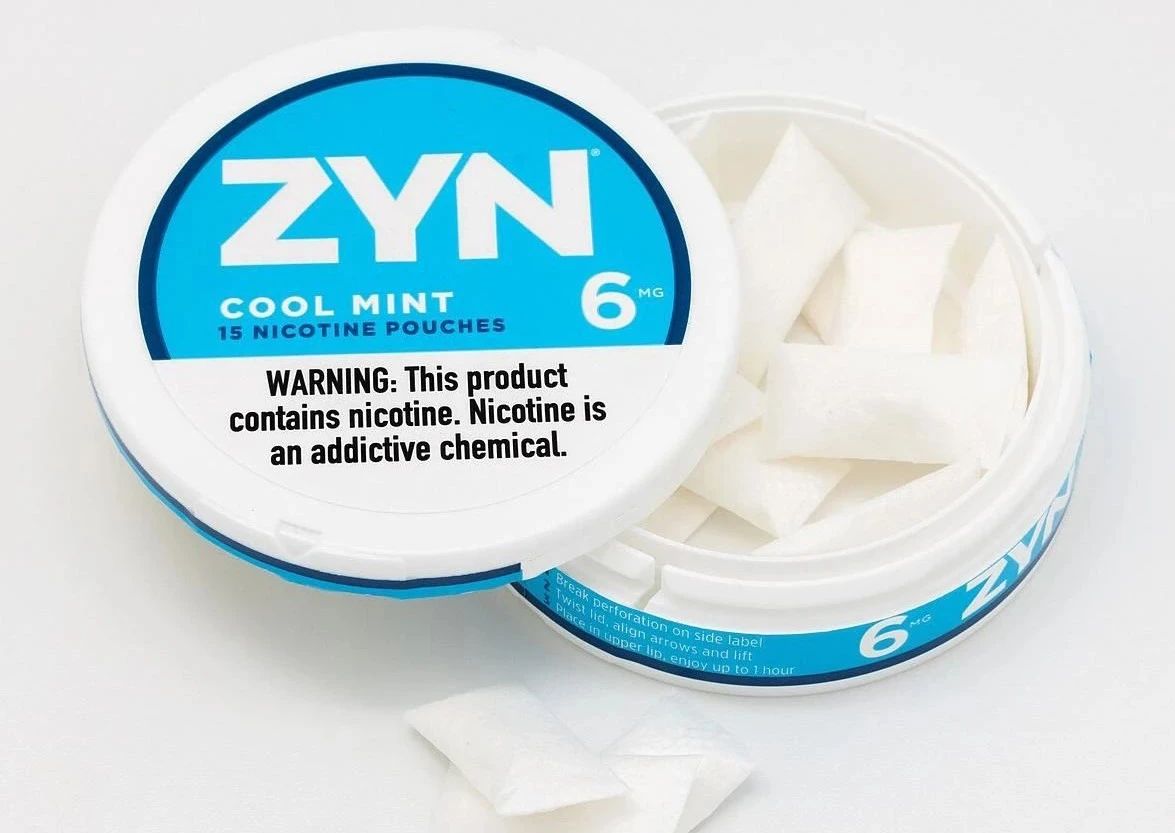您的购物车目前是空的!

Nicotine pouches, a key category in the smokeless tobacco market, have gained popularity for their convenience and reduced harm compared to traditional smoking. These pouches allow users to consume nicotine without combustion, making them suitable for use in places where smoking is prohibited, such as indoors or on airplanes.
This article provides an in-depth look at the production process of nicotine pouches, including the different types and manufacturing steps involved.
Types of Nicotine Pouches
Nicotine pouches are typically made from a mixture of granules or powder and are categorized based on their moisture content:
1. Dry Method (e.g., ZYN)
- Moisture Content: Less than 3%.
- Characteristics: Lightweight and easy to use, with a longer shelf life.
2. Semi-Dry/Semi-Wet Method (e.g., FEATX)
- Moisture Content: Between 3% and 8%.
- Characteristics: Offers a balance between ease of use and flavor release.
3. Wet Method (e.g., VELO)
- Subcategories:
- Low Moisture: 8%-10%.
- Medium Moisture: 8%-20%.
- High Moisture: Above 20%.
- Characteristics: Provides a more intense flavor experience and faster nicotine release.
Production Process of Nicotine Pouches
The manufacturing of nicotine pouches involves several precise steps to ensure quality and consistency. Below is a detailed breakdown of the process:
1. Granulation
- Process: Powder, flavorings, nicotine liquid, and water are mixed with a binder in a modified mixer. The mixture undergoes radial, axial, and circular motion to ensure thorough blending.
- Output: The mixture is cut into uniform, dense spherical granules using a granulation cutter.
2. Bag Making
- Process:
- Powdered material is fed into a hopper above the packaging machine.
- A roll of sealing material (non-woven fabric) is guided through a forming collar, folded, and sealed longitudinally to create a flat pouch.
- The pouch is filled with a precise amount of granules, and the top is sealed using heat or ultrasonic cutting.
- Automation: The process is controlled by a PLC (Programmable Logic Controller) system for accurate measurement, filling, and sealing.
3. Packaging
- Process: The finished pouches are packed into containers, typically PP (polypropylene) cans with diameters of 7 cm.
- Common Packaging Sizes:
- 15 pouches/can
- 16 pouches/can
- 18 pouches/can
- 20 pouches/can
4. Labeling
- Process: Labels are applied to the cans based on the brand’s design. For round cans, labels are typically applied to the front, back, and sides.
5. Shrink Wrapping
- Process: The cans are grouped and shrink-wrapped for bulk packaging. Common configurations include 5 cans/tube or 10 cans/tube, depending on the brand’s requirements.
Why Nicotine Pouches Are Gaining Popularity
1. Harm Reduction
Nicotine pouches eliminate the harmful effects of combustion, offering a safer alternative to traditional smoking.
2. Convenience
They can be used discreetly in places where smoking is prohibited, making them ideal for modern, on-the-go lifestyles.
3. Variety
With different moisture levels and flavors, nicotine pouches cater to a wide range of consumer preferences.
Conclusion
The production of nicotine pouches is a sophisticated process that combines advanced technology with precise quality control. From granulation to shrink wrapping, each step is designed to deliver a consistent and high-quality product. As the demand for smokeless nicotine alternatives continues to grow, understanding the manufacturing process provides valuable insights into the industry’s innovation and commitment to harm reduction.
For manufacturers and wholesalers, staying informed about these processes can help optimize production and meet the evolving needs of consumers.
Nicotine pouches, smokeless tobacco, production process, ZYN, VELO, harm reduction, tobacco alternatives, manufacturing process, nicotine pouch types.
- The Allure and Risks of Fruit Flavored Vapes: A Case Study from China – 05/09/2025
- Iraq Announces Nationwide Ban on E-Cigarettes Amid Rising Youth Usage and Health Concerns – 05/09/2025
- UK’s Upcoming Disposable Vape Ban: Elfbar Calls for Robust Enforcement to Curb Illicit Trade and Protect Public Health – 05/08/2025
Latest Posts
- The Allure and Risks of Fruit Flavored Vapes: A Case Study from China

- Iraq Announces Nationwide Ban on E-Cigarettes Amid Rising Youth Usage and Health Concerns

- UK’s Upcoming Disposable Vape Ban: Elfbar Calls for Robust Enforcement to Curb Illicit Trade and Protect Public Health

- Uzbekistan Enacts Comprehensive Ban on E-Cigarettes and Heated Tobacco Products

- Cambodia Prime Minister Firmly Rejects All E-Cigarette Investment: What It Means for the Global Vape Industry










